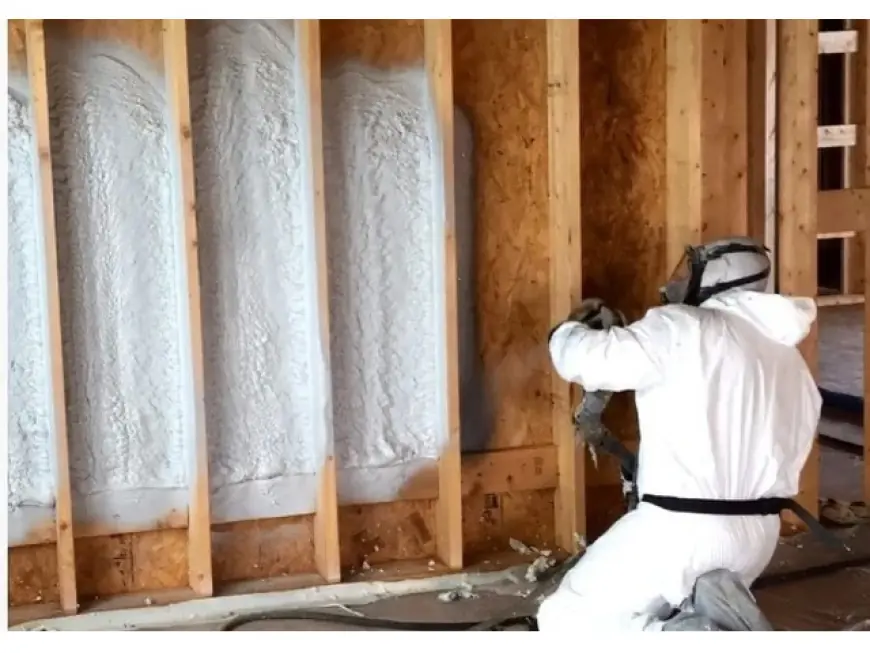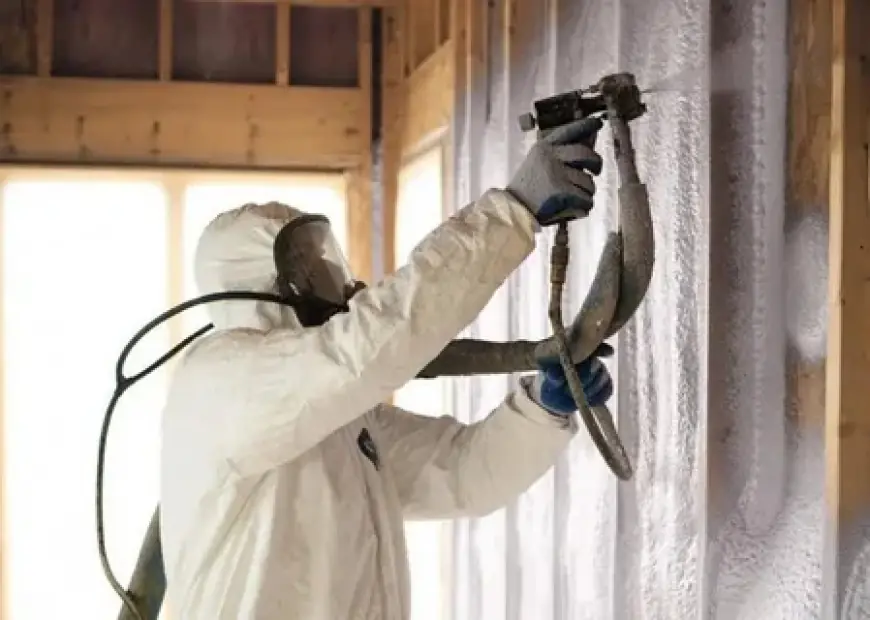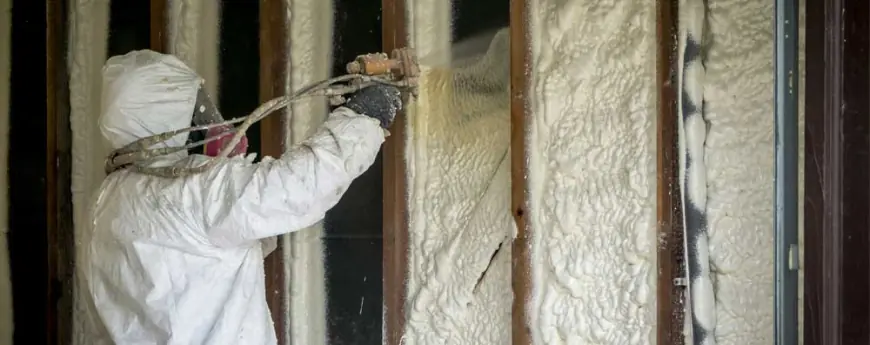How Wall Insulation Improves Comfort in Older Homes

If you live in an older home, you probably know the feeling: you walk into the living room and it’s warm, but the hallway feels like the Arctic. The next room over? Feels like a sauna. That’s not “character” — that’s bad insulation. Many older homes were built when heating oil was cheap and insulation wasn’t a top priority. Unfortunately, the comfort problems linger, and your energy bills keep getting higher.
The good news is that modern wall insulation can fix most of those comfort gaps without wrecking the charm of your home. It’s not magic, but it’s close. Let’s break down exactly how insulation makes a noticeable difference in older properties and why it’s one of the smartest upgrades you can make.
Why Older Homes Struggle with Temperature Control
Older properties were built with different materials and standards. Energy efficiency wasn’t the focus, so walls were often hollow, minimally insulated, or completely bare inside.
Thin Walls and Air Leaks
Homes built before the mid-20th century often have thinner wall assemblies, leaving more space for air to leak in and out. Gaps around window frames, door frames, and even electrical outlets can act like tiny chimneys, pulling your conditioned air right outside. Choosing reliable wall insulation services helps seal these hidden leaks, improving efficiency, comfort, and long-term performance.
Outdated or No Insulation at All
Some houses have insulation that’s degraded over decades — think crumbling mineral wool or compacted cellulose. In many cases, there’s simply nothing in the walls at all, which means heat transfer happens freely year-round.
Fun fact: Some insulation used in homes before 1950 was literally made from seaweed or horsehair. It worked… until it didn’t.
How Wall Insulation Improves Comfort
Adding insulation to an older home isn’t just about trapping heat in winter — it’s about creating a stable, even indoor climate all year long.
Reduces Drafts and Cold Spots
Wall insulation seals gaps and limits airflow, so those icy gusts in the hallway disappear. You’ll no longer have one room feeling like January while the rest feels like July.
Maintains Even Room Temperatures
Once walls are insulated, the temperature difference between rooms can drop dramatically. This means no more “cold bedrooms, hot living room” scenarios.
Improves Humidity Balance
In many older homes, uninsulated walls allow outside moisture to creep in, making summers sticky and winters bone-dry. Insulation creates a barrier that helps keep humidity levels stable.
Fun fact: NASA uses insulation tech similar to residential spray foam in spacecraft to maintain cabin temperatures. If it works in space, it works in your hallway.

Types of Wall Insulation for Older Homes
Not all insulation methods work the same way. The right choice depends on your wall type, budget, and whether you want to keep renovations minimal.
Cavity Wall Insulation
If your home has a gap between the inner and outer wall layers, cavity wall insulation is often the easiest retrofit. Small holes are drilled, and insulating material is blown in, filling the gap and blocking air movement.
Internal Wall Insulation
When walls are solid with no cavities, internal wall insulation is applied inside the home. This method slightly reduces room size but offers strong thermal performance.
External Wall Insulation
This option adds insulation to the exterior, then covers it with a protective finish. It preserves indoor space and adds a fresh exterior look but can change your home’s façade.
Comfort Gains Beyond Temperature
Temperature stability is the obvious win, but wall insulation in older homes has side benefits that make daily life better.
Lower Noise from Outside
Thicker, insulated walls block street noise, barking dogs, and even your neighbor’s questionable lawnmower playlist.
Fresher Indoor Air
By sealing gaps, insulation limits dust, pollen, and other outdoor allergens that sneak into your home.
Energy Bill Savings
Even though we’re focusing on comfort, reduced heating and cooling needs naturally lower utility costs over time.
Common Question: Will Insulation Damage Original Features?
Homeowners with historic houses often worry about insulation harming plaster, trim, or exterior brickwork. The truth is, modern techniques allow for retrofitting without damaging architectural features — especially with cavity fill or internal methods that work from the inside without major structural changes.

Conclusion
Living in an older home doesn’t mean you have to put up with drafty winters and stifling summers. The right wall insulation can bring consistent comfort, better air quality, and even a quieter indoor environment. The key is matching the insulation method to your wall type and home’s condition. Done right, you’ll keep the charm you love and gain the comfort you’ve been missing—without overhauling your entire house. Partnering with professional spray foam insulation contractors ensures the job is tailored to your home and delivers long-lasting results.
FAQs
How long does wall insulation last in an older home?
Modern insulation materials can last 25 to 40 years or more, depending on installation quality and environmental conditions.
Can I insulate my walls without tearing them down?
Yes. Methods like cavity wall insulation or injection foam can be installed with minimal disruption.
Will wall insulation make my home too airtight?
Not if installed properly. Good insulation works with ventilation systems to keep fresh air circulating.
Does wall insulation help in summer as much as in winter?
Absolutely. It keeps heat out during hot months, so indoor temperatures stay cooler.
Can I combine wall insulation with other energy upgrades?
Yes. Pairing insulation with efficient windows, air sealing, and attic insulation can multiply comfort gains.
Reviewer: Olivia Thompson has spent 10 years working in spray foam insulation, helping companies grow their visibility. She reviewed this article and provided valuable suggestions on how to better align the content with the needs and expectations of customers, ensuring it resonates with the target audience.
What's Your Reaction?
 Like
0
Like
0
 Dislike
0
Dislike
0
 Love
0
Love
0
 Funny
0
Funny
0
 Angry
0
Angry
0
 Sad
0
Sad
0
 Wow
0
Wow
0

















































